Water Quality
Introduction
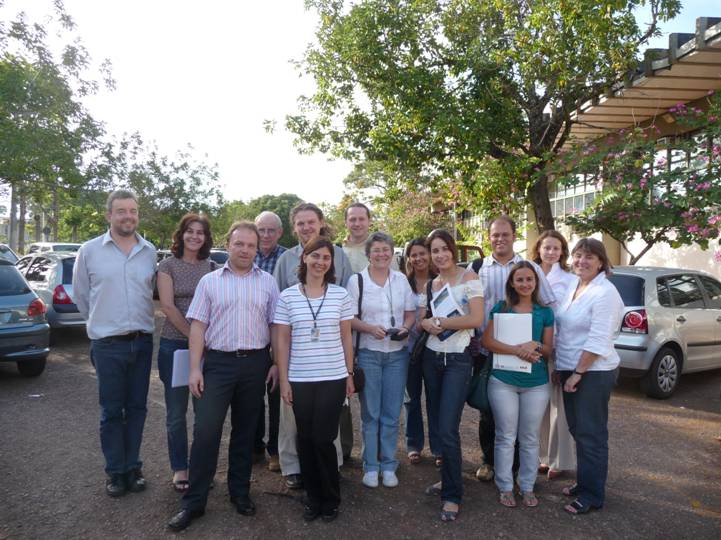
Figure 1: Photo of the Water Quality/Water Treatment Group
The drinking water supply of Brasilia and the Federal District (DF) is mainly based on surface water (70%) from water reservoirs. The DF is characterized by a high population density accompanied by a high population growth rate. The water quality in the reservoirs is affected by effluents from households and hospitals and by agriculture (pesticides, nutrients).
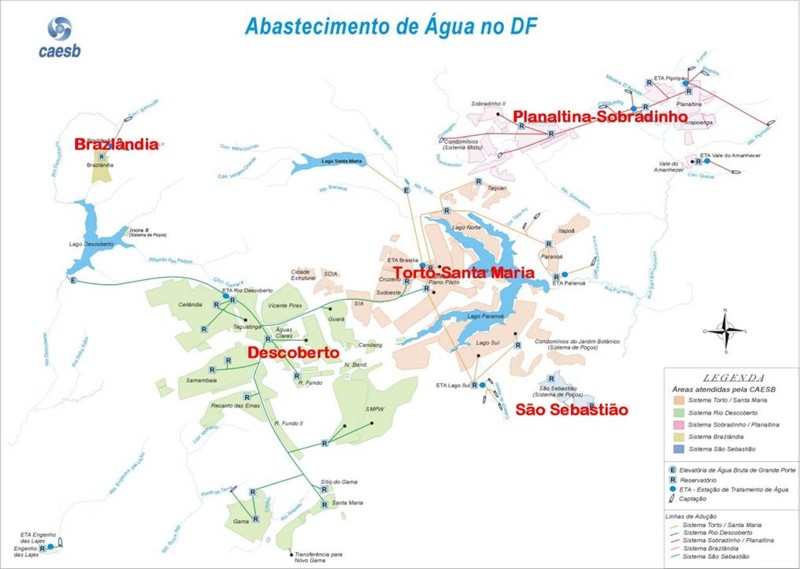
Figure 2: Map of the existing distribution system for drinking water for the Federal District including the existing reservoirs and Lake Paranoá (Source CAESB)
Triggered by a high population growth there is also a steady increase in drinking water demand. Calculations by the local water supplier (CAESB) reveal that within the next years the existing capacity of the distribution network will reach its limit. A search for new sources of raw water defined the Paranoá reservoir as the future source for raw water to satisfy the increasing needs for drinking water.
Lake Paranoá is located within the capital of Brazil, Brasilia. Right now it serves already for different functions: recreational activities, fishery, energy production and receiving water body for the effluents of the two main sewage treatment plants of Brasilia. Small-scale agriculture may also have an influence on the water quality.
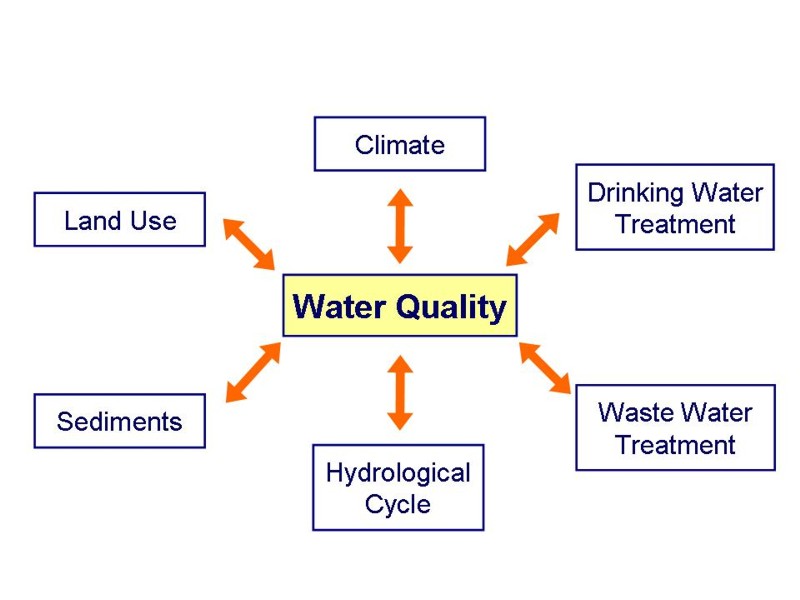
Figure 3: Water quality and its interrelations to the other project topics/work packages
Objectives
- Characterization of the the water quality in the existing and future water reservoirs regarding organic micropollutants such as pharmaceuticals, personal care products, pesticides, endocrine-disrupting compounds, with special focus on the Lake Paranoá
- Analysis of existing data
- Screening and targeted water analyses; definition of key compounds
- Recommendations for the optimization of the monitoring system including online monitoring
- Implementation of water quality monitoring for organic micropollutants
- Derivation of requirements for safe drinking water supply
- Recommendations for the future drinking water treatment technology
Methods / Data
Based on the analysis of existing data of the monitoring for the bathing water quality of Lake Paranoá, a sampling scheme for organic micropollutants was developed together with the Brazilian partners.
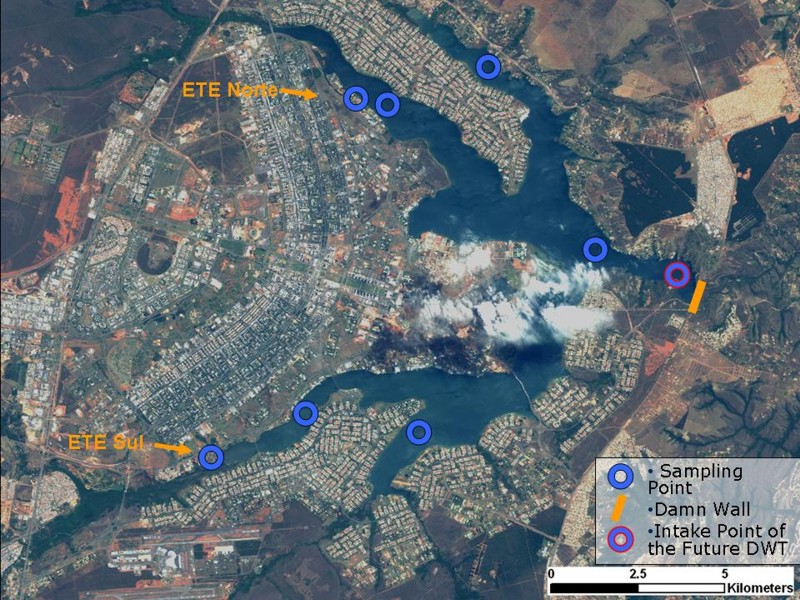
Figure 4: Map of the sampling points for organic micropollutant analyses, Lake Paranoá.
The sampling scheme includes sampling at the beginning of the rainy season, during rainy season and during the dry period. For the analyses modern SPE as well as LLE based GC-MS and LC-MS/MS methods were applied. The sampling includes also the two waste water treatment plants as major source of pollution of the Lake Paranoá.
The first sampling campaigns were aimed to carry out a broad screening of emerging organic contaminants combined with the measurement of different sum parameters.
The first screenings show that the concentrations of organic micropollutants are on a relatively low level, comparable to surface waters in Germany.
The results of the screenings are used to tailor analytical methods for the most important organic micropollutants in the Lake Paranoá, specially adapted to the needs of CAESB. In a second step, these methods will be implemented in the laboratories of the Brazilian partners.
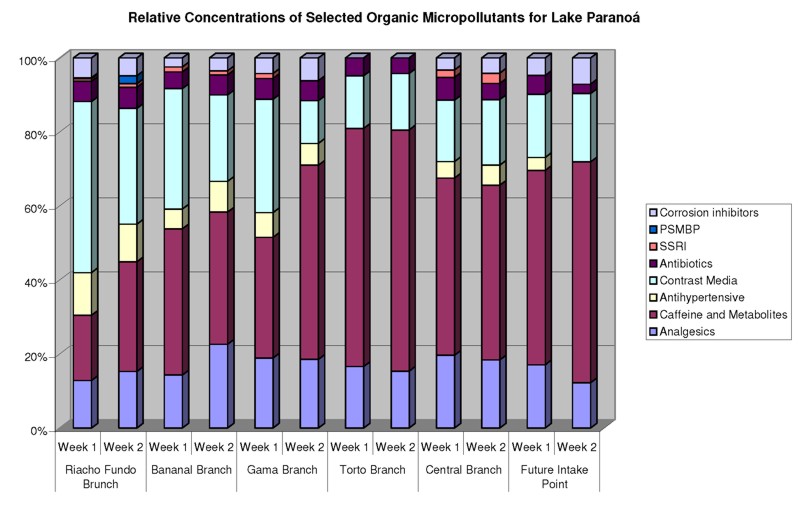
Figure 5: First impression of the distribution of organic micropollutants in Lake Paranoá
Participating research groups
- Prof. E. Worch, Dr. Hilmar Börnick , Björn Steiniger, Technische Universität Dresden (TUD), Department of Hydrosciences, Institute of Water Chemistry
- Dr. G. Abbt-Braun, Karlsruher Institut für Technologie (KIT), Institute of Water Chemistry
- Prof. C. Brandão, Universidade de Brasília (UnB), Department of Civil Engineering
- C. Pinke/C. Cavalcanti, Companhia de Saneamento Ambiental do Distrito Federal – Brasília (CAESB)
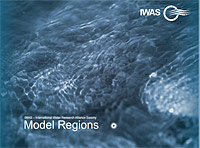
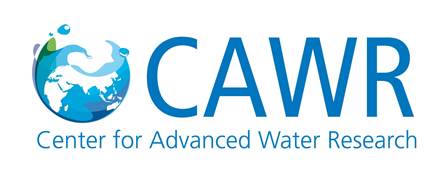


.png)
.png)
